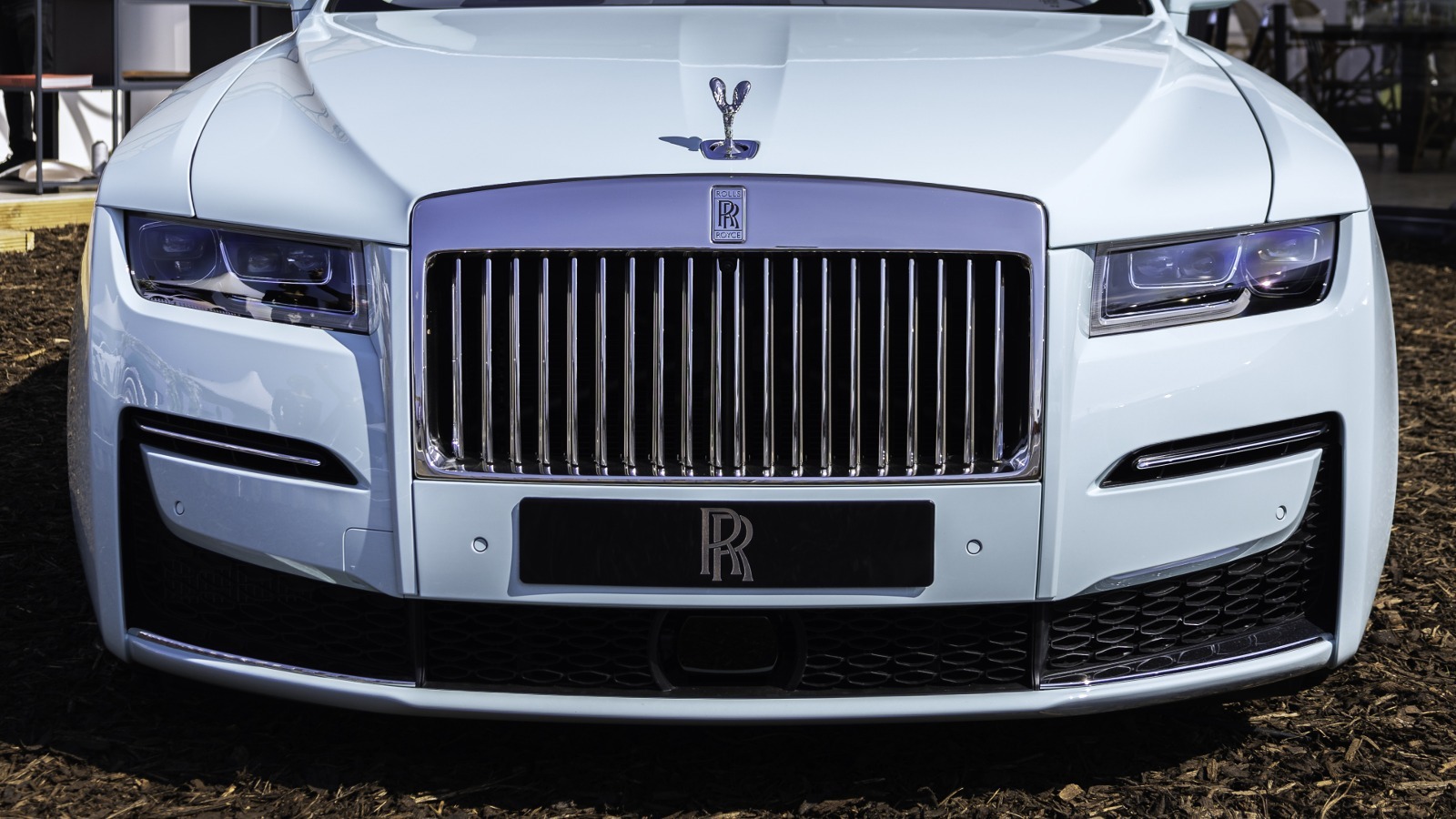More and more customers are requesting unique paint jobs and other extras, like this electric Spectre model from Rolls-Royce.
The Rolls-Royce facility in Chichester, England, is growing significantly. The BMW subsidiary plans to start work on five new facilities early next year.
Typically, an automaker builds a new facility to accommodate the production of more cars. It’s a Rolls-Royce, though. The coveted uniqueness of the Rolls-Royce brand would be compromised if more of them were made and sold.
Therefore, the goal of this factory expansion is to produce more expensive automobiles than more cars, which requires more time and space for workshops and the storage of exotic materials.
The increase suggests something about the extremely rich Rolls-Royce customer base. They have a limited number of cars to purchase, but they can afford to spend more on each one.
Glass specks are used in the Rolls-Royce Phantom Syntopia’s design to produce glittering patterns.
Sales of Rolls-Royce vehicles have surged by 17% since 2020, with a record 6,032 cars and SUVs sold globally last year. However, throughout that same period, consumers paid 43% more on average for their cars—from $350,000 in 2020 to $500,000 on average last year.
The majority of the more intricate and time-consuming customization requests—referred to by Rolls-Royce as “bespoke”—are the reason for the higher revenue per vehicle.It even refers to its high-end personalization offerings as “Bespoke” and “Coachbuild” for totally customized cars.
President of Rolls-Royce Motor Cars Americas Martin Fritsches stated, “We’re not necessarily growing that much in volume.” Clearly, that is not our main concern. However, it’s evident that our bespoke area is expanding and becoming more relevant. and has been growing significantly, especially in the past few years.

